Bloodhound Camera Testing Program Accelerates
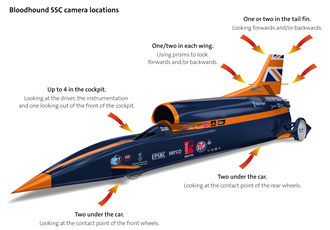
With new camera locations added to the Bloodhound vehicle, video transmission successfully tested at speeds up to 650 mph and the camera selection for rocket monitoring finalised, STEMMER IMAGING's contribution to the Bloodhound-SSC project is right on track.
The three compact Adlink EOS embedded vision systems on the Bloodhound SSC jet and rocket powered car can each accept and record 4 independent HD feeds from cameras in any of the 25 camera locations around the car, meaning that data from 12 cameras can be acquired on any one run. Each recorder also provides a single H.264 video stream from any of its 4 inputs for live transmission to the control centre.
The live video transmission has to be capable of reliable operation at speeds up to Bloodhound's target of 1000 mph. Recent tests in the desert at Hakskeen Pan, South Africa where video from the camera system installed on a Jaguar F-type vehicle was transmitted to a jet aircraft, have shown successful video and audio communication transmissions at closing speeds of up 650 mph, in readiness for the next phase which is integration of the video system into Bloodhound itself.
The video data stream output will be connected to Bloodhound's cockpit instrument panel computer and the vehicle's radio modems via a router. The independent channels from each recorder can be simultaneously transmitted in real time and the cockpit instrument panel computer can also display one of these channels on one of the cockpit instrument displays.
The number of camera locations on Bloodhound has now increased to 25. There are five safety-critical locations and camera feeds from these will be used on all runs. These cover the instruments and controls, forward facing and rear facing fin tops, the rocket fuel connection hose and the rocket plume. Further developments in the wing camera mounting and optics are also under way to minimise distortion and the viewing angles and mountings for the cameras that will be monitoring the wheel/ground interface have been designed.
Small scale rocket plume imaging tests carried out last year showed that the UV range of the spectrum provides useful information in addition to traditional colour imaging of the rocket output. A JAI CB-140 GE-RA colour camera and a JAI CM-140 GE-UV camera have now been selected to monitor the rocket on the car. The next stage of testing will be on the actual rocket to be used on Bloodhound. The rocket plume will be recorded in Finland using an Optronis high speed camera and the UV camera in the near future.
Mark Williamson, Director - Corporate Market Development at STEMMER IMAGING said: "This really exciting project has thrown up numerous technical challenges, as was to be expected in an undertaking of this complexity. We continue to work closely with the Bloodhound engineering team to address each issue as it arises, and we are delighted that we are keeping up to pace with the overall development program."
Similar articles
More from STEMMER IMAGING
- Machine learning and 3D vision at MACH 2018 28th March 2018
- Showcasing machine learning and 3D vision technologies 28th March 2018
- You can now register for free two day event with STEMMER IMAGING 12th October 2017
- Partnership with AL-KO AG secures STEMMER IMAGING's future 7th July 2017

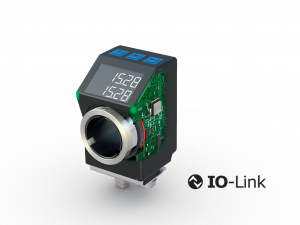
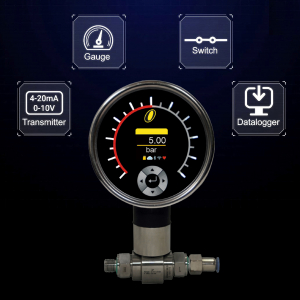
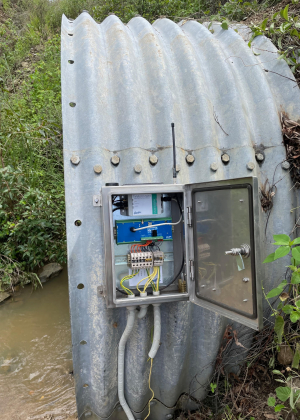
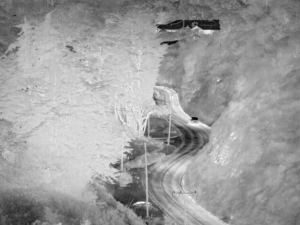







Write a comment
No comments